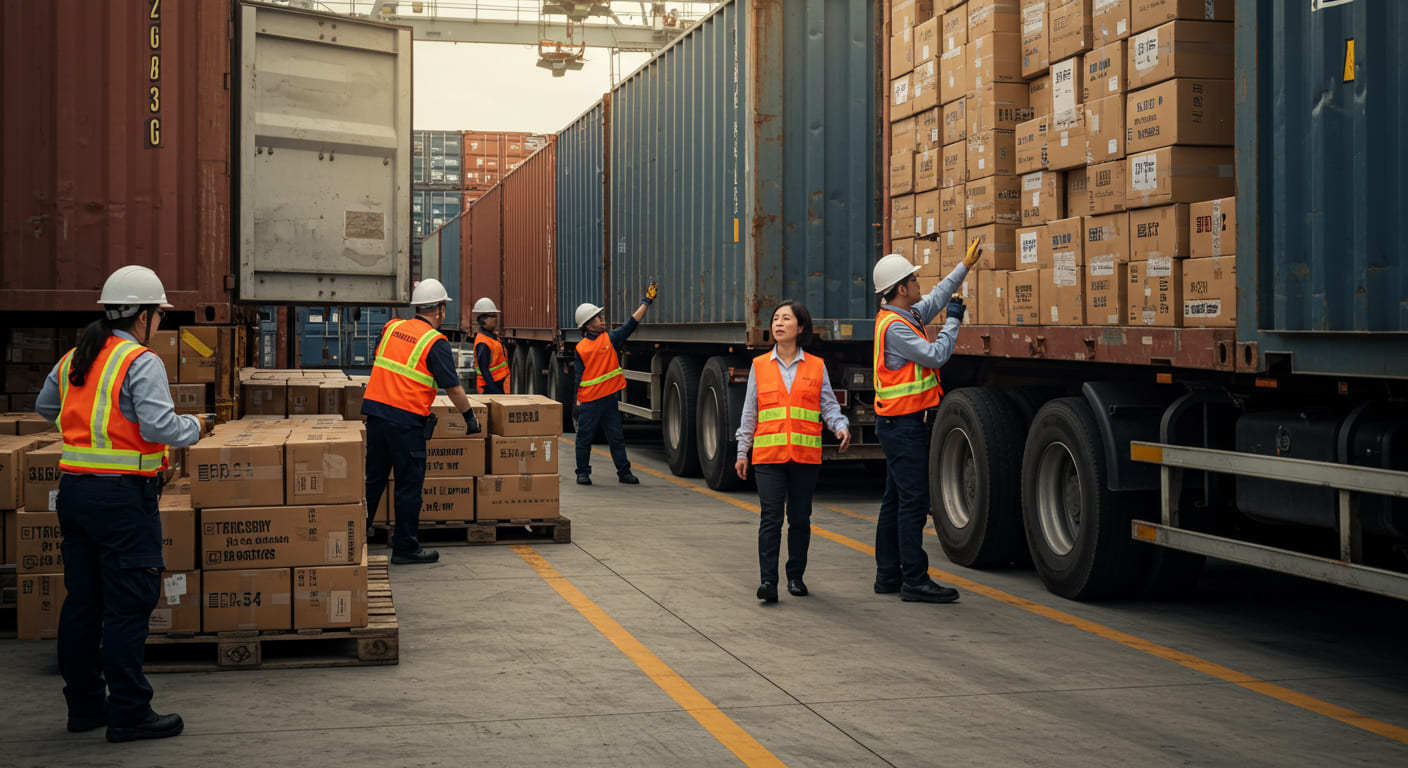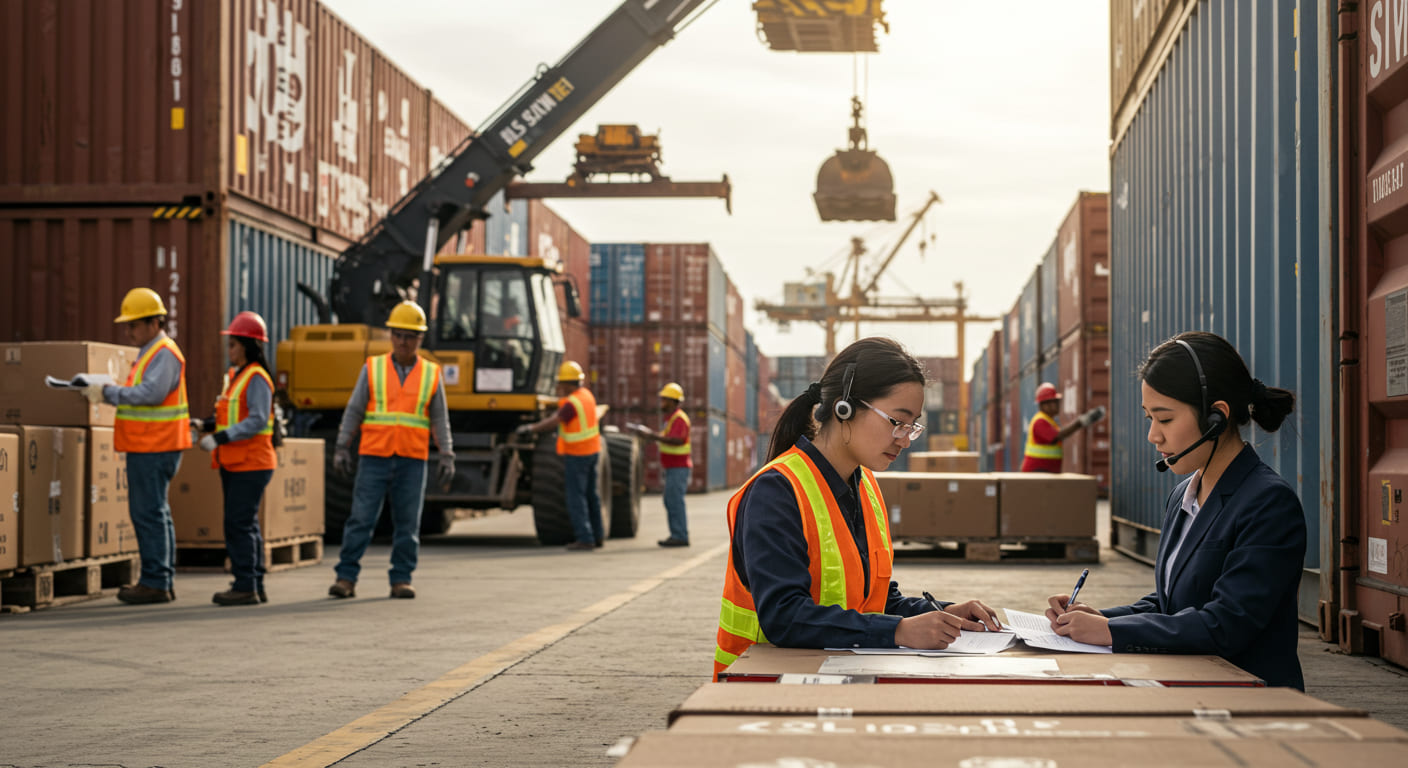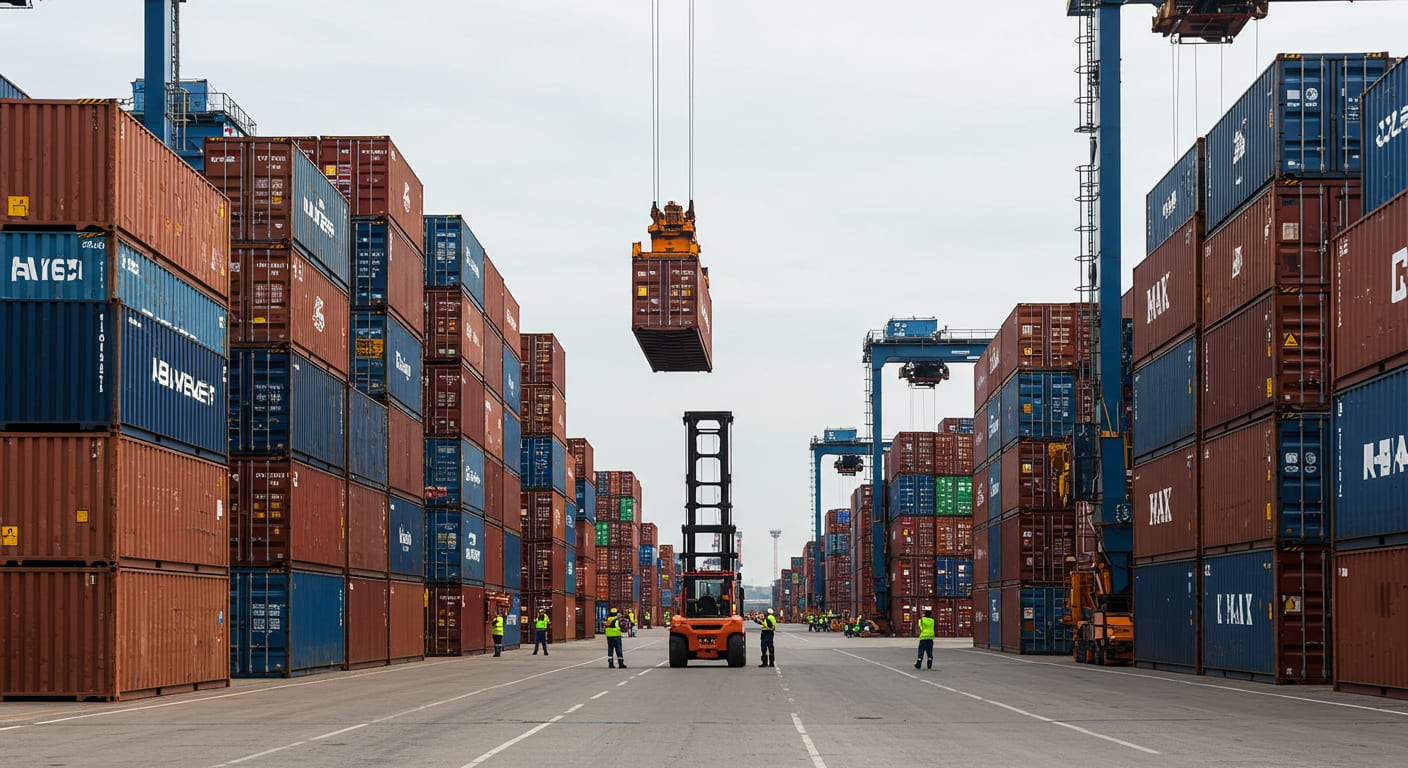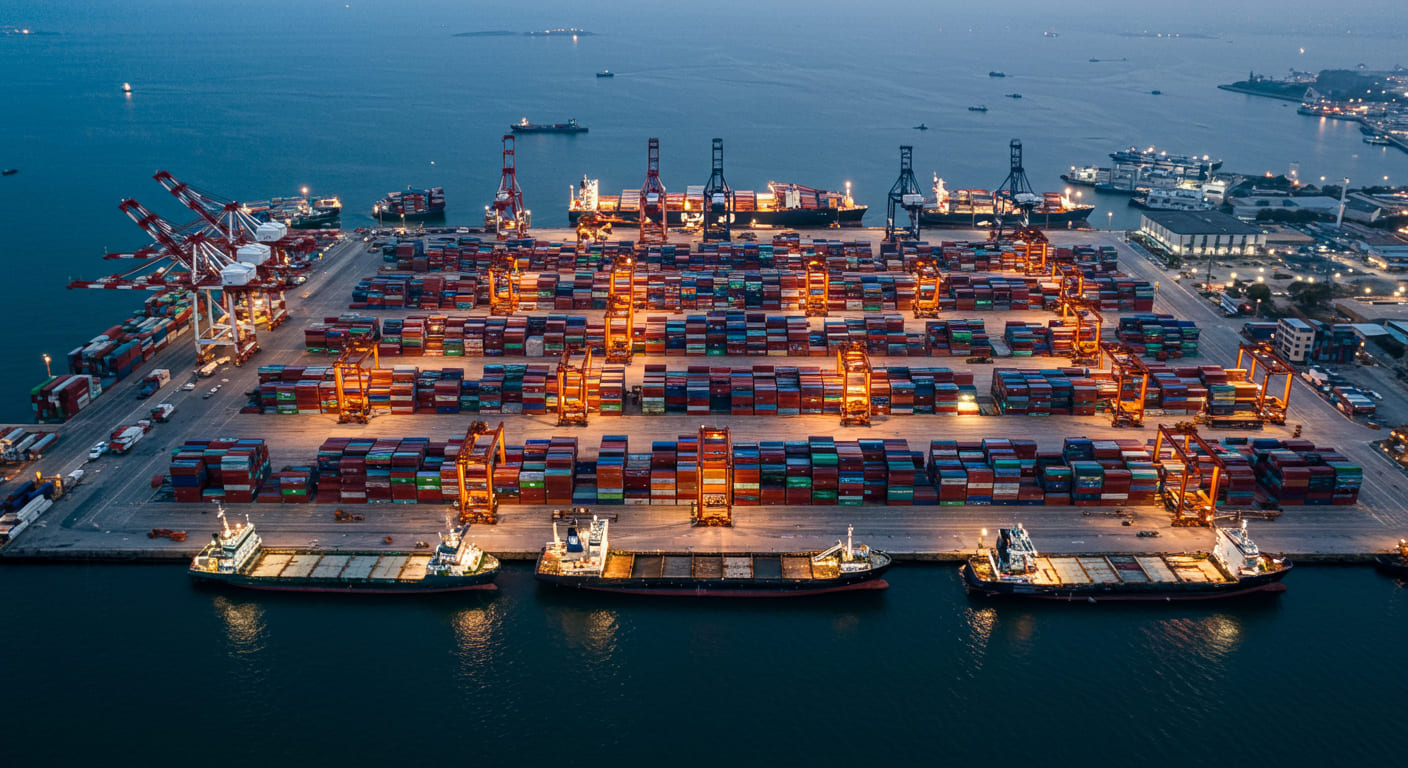In international trade, the correct tax classification of goods is a critical step for successful import operations. A simple error in the NCM code (Nomenclature of the Mercosur Common Market) can lead to serious consequences: from incorrect taxation to heavy fines and cargo clearance delays. In this article, we’ll clearly explain what product classification is and why it matters, list the most common errors import companies make, and demonstrate the fiscal and legal risks involved—always with practical examples. We will also present current Brazilian laws and regulations governing product classification, offering preventive tips to avoid classification errors. In the end, we highlight how CLM Controller can help your company minimize these risks through specialized tax consulting, customs clearance, product classification, and personalized support.
Learn more, listen to the content in the podcast made by CLM Controller below:
What Is Product Classification and Why Is It Important?

Tax classification of goods is the process of assigning each product a standardized numerical code that determines its tax and customs treatment. In Brazil (and other Mercosur countries), the system used is the NCM, an 8-digit code derived from the international HS (Harmonized System) administered by the WCO (World Customs Organization). Simply put, the NCM acts as a product’s “tax ID,” identifying exactly what the merchandise is.
The first 6 digits of the NCM follow the global HS code, and the last 2 digits are specific to Mercosur. This global standardization ensures that similar products are classified similarly across countries. The NCM code defines the taxes to be applied to the import (Import Tax, IPI, PIS/COFINS-Import, ICMS), and determines whether licenses or permits are required from agencies like Anvisa or Inmetro.
Incorrect classification can lead to overpayment (reducing competitiveness) or underpayment (creating tax liability), delays in clearance, and even penalties from the Receita Federal (Brazilian IRS). It’s essential to get the classification right from the start.
Common Errors in Product Classification

Even though it’s critical, many companies still make mistakes during product classification. Here are the most frequent:
- Generic or vague product descriptions: Describing an item simply as “electronic part” or “machine accessory” lacks the detail needed for accurate classification. This often results in choosing the wrong or overly generic NCM code.
- Lack of technical knowledge: Many classification decisions are made based only on the product name or appearance. But without a deeper understanding of the item’s composition and function, there’s a high risk of error.
- Improper use of “Others” categories: The NCM system includes generic codes ending in “99” that mean “Others.” These are intended for items not listed in specific subcategories. However, some companies choose these codes out of convenience, skipping a proper classification process.
- Outdated codes: Brazil periodically updates its NCM list following international revisions (such as HS 2022). If a company continues to use obsolete codes or doesn’t track changes in TIPI (IPI tax table), it’s at risk.
- Wrong classification of kits or components: Kits must often be classified based on their main item, following specific interpretative rules. Misunderstanding this leads to incorrect NCM application.
Fiscal and Legal Risks of Incorrect Classification

A wrong classification can trigger serious tax risks and operational issues:
- Customs fines: The Brazilian Customs Code imposes a 1% fine on the customs value for incorrect NCM declarations (minimum R$500), even when no tax difference is involved.
- Back taxes and penalty interest: If the mistake results in lower taxes paid, Receita Federal may charge the difference plus a 75% fine, or even 150% in fraud cases.
- Cargo delays: Customs may halt clearance to investigate classification inconsistencies. This leads to additional storage costs and schedule disruptions.
- State-level issues: An incorrect NCM in your invoice may also lead to ICMS fines at the state level, and the disallowance of tax credits.
- Operational disruptions: Incorrect classification of production materials or resale goods may delay deliveries, affect supply chains, and generate reputational harm.
Practical Examples of Classification Errors

Example 1: A company imports industrial electronics described simply as “electronic parts” and uses a generic NCM. Customs reclassifies them as “precision sensors” with a higher Import Tax rate. The company must pay the tax difference, the 1% customs fine, and a 75% penalty.
Example 2: A business uses an NCM code revoked in 2024 due to the HS 2022 update. Customs halts the declaration for correction, requiring a new Import License. The delay causes demurrage costs.
Example 3: A toolkit is classified by the code of just one item inside. Customs applies interpretative rules and reclassifies it as a complete measuring instrument kit, with a higher tax burden. The importer pays back taxes, penalties, and sees its name flagged in customs systems.
Examples of NCM Codes and Tax Differences
| NCM Code | Product | Import Tax | IPI |
| 8517.12.31 | Smartphone | 10% | 0% |
| 2106.90.10 | Dietary supplement (energy mix) | 16% | 5% |
Even a single digit change in an NCM can mean more taxes or missed incentives. That’s why accuracy matters.
Key Laws and Regulations on Classification in Brazil

- NCM – Decree 2.376/1987: Adopts the Harmonized System and sets Brazil’s classification standards.
- TIPI (IPI table): Published by the Federal Government via decree; defines tax rates for each NCM.
- Regulamento Aduaneiro – Decree 6.759/2009: Establishes fines and customs procedures for classification errors.
- Law 9.430/1996: Allows taxpayers to consult Receita Federal on classification questions.
- IN RFB 2.057/2021: Regulates formal consultation procedures for NCM doubts.
- Notes from WCO and Brazilian rulings: Used by Receita to interpret NCM positions.
Staying updated on these rules is essential to prevent penalties and make sound tax decisions.
Practical Tips to Avoid Classification Errors

- Know your product inside and out: Have full technical descriptions, including materials, uses, and functions.
- Use the interpretative rules (RGI 1 to 6): Follow the logic of the Harmonized System.
- Consult legal and explanatory notes: Always confirm classifications using official references.
- Check applicable taxes and licenses: Use the TEC and TIPI to verify tax rates and see if special licenses apply.
- Use classification tools and experts: Consider software or outsource to professionals.
- Maintain up-to-date records: Update codes in your ERP and train staff on changes.
- Request technical reports when needed: Especially for complex equipment or chemical compositions.
How CLM Controller Helps Your Company Avoid These Risks

The CLM Controller offers complete support in:
- Tax consulting: Accurate NCM classification, tax optimization, and compliance analysis.
- Customs clearance services: Fast, compliant import processes managed by experienced professionals.
- Training and documentation support: Internal classification manuals and staff workshops.
With over 40 years of experience, CLM helps companies minimize tax risks, ensure operational agility, and focus on business growth.
Conclusion:
Getting classification right is not optional—it’s essential. Mistakes cost time, money, and reputation. Invest in professional guidance, stay updated on the rules, and build a solid compliance routine. With the support of CLM Controller, your import operations will be safer, more efficient, and more profitable.




0 Comments